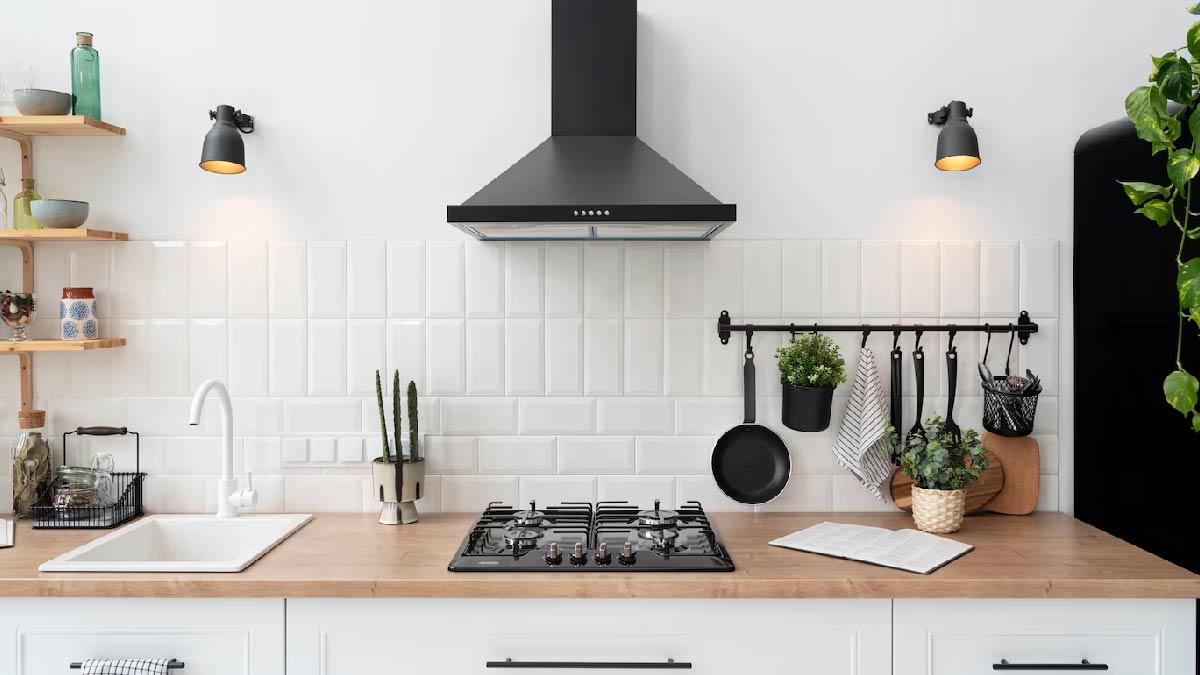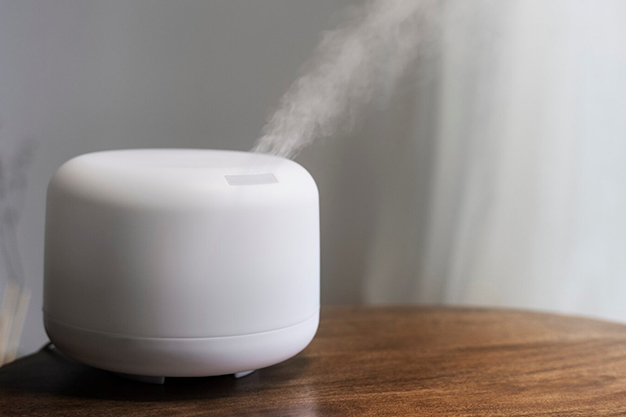
Tips To Remove Kitchen Humidity: Keep Your Cooking Space Fresh With These Simple Solutions
During the summer months, dealing with humidity in the kitchen can be quite bothersome, particularly while cooking. The kitchen, with its sinks, refrigerators, and various sources of moisture, tends to be susceptible to dampness. This excess humidity not only affects comfort but also poses risks to the integrity of your kitchen furnishings, such as cabinets, which can deteriorate due to moisture exposure. Below, we have some tips for combating kitchen humidity.
Tips To Remove Kitchen Humidity
Use A Dehumidifier
You might want to think about using a dehumidifier in your kitchen to help get rid of extra moisture in the air. This can be especially useful if you live in a humid area or during times when the humidity is high. Empty and clean the dehumidifier regularly to ensure efficient operation.

Install Air Conditioner In Your Kitchen
Air conditioning systems work by cooling the air and removing moisture through a process called condensation. As warm air passes over the evaporator coils inside the air conditioner, it is cooled and moisture condenses into water droplets, which are then drained away.
Don't Miss: Pro Tips For Keeping Your Mop Sparkling Clean
To effectively reduce humidity with air conditioning, it's important to set the thermostat to a comfortable but efficient temperature. Lower temperatures can cause the air conditioner to run longer, leading to increased energy consumption and higher utility bills.
Install Doors And Windows In Your Kitchen
Installing doors and windows correctly in your kitchen is crucial for managing humidity levels effectively. Here are some detailed suggestions for ensuring proper installation to reduce humidity:
1
2
3
4
- Check for Gaps and Openings: Examine all doors and windows for any openings or spaces that might allow moisture to enter or escape. Seal any gaps or cracks using weatherstripping or caulking to prevent warm, humid air from coming in and cool, dry air from going out.
- Use High-Quality Weatherstripping: Apply top-notch weatherstripping along the edges of doors and windows to establish a secure seal. This will minimise air leakage and limit the exchange of indoor and outdoor air, which can influence humidity levels.
- Opt for Double-Pane Windows: Consider installing windows with double panes, consisting of two glass layers separated by insulating gas. This design helps decrease heat transfer and condensation, enhancing their ability to manage humidity as compared to single-pane windows.

Cover Pots and Pans
Covering pots and pans during cooking is an uncomplicated yet efficient method for decreasing kitchen humidity. Here are some extra suggestions to maximise the effectiveness of this approach:
- Ensure Properly Fitting Lids: Make sure that the lids for your pots and pans fit tightly. Ill-fitting lids could permit steam to escape, undermining their purpose of trapping moisture.
- Adjust Cooking Temperatures: Choosing lower cooking temperatures can reduce steam generation. Cooking methods like simmering or braising, rather than boiling vigorously, can lead to less moisture in the kitchen air.
Don't Miss: Bathroom Cleaning Hacks: 5 Ways To Use Baking Soda For A Stainless Bathroom
Add Ventilation Fans
Adding ventilation fans to your kitchen, alongside doors and windows, can be beneficial in eliminating surplus moisture produced while cooking. These fans aid in expelling humid air outside, thereby lowering indoor humidity levels and averting condensation on surfaces and windows.
Herzindagi.comis Jagran New Media's gender and lifestyle vertical, catering to women of all age groups, helping them remain updated, on-trend and aware. To improve our performance and understand our readers' interests better, we have created this poll. This will take 2 minutes of your time, do help us out with this link.
For more such stories, stay tuned to HerZindagi.
Also watch this video
Herzindagi video
1
2
3
4